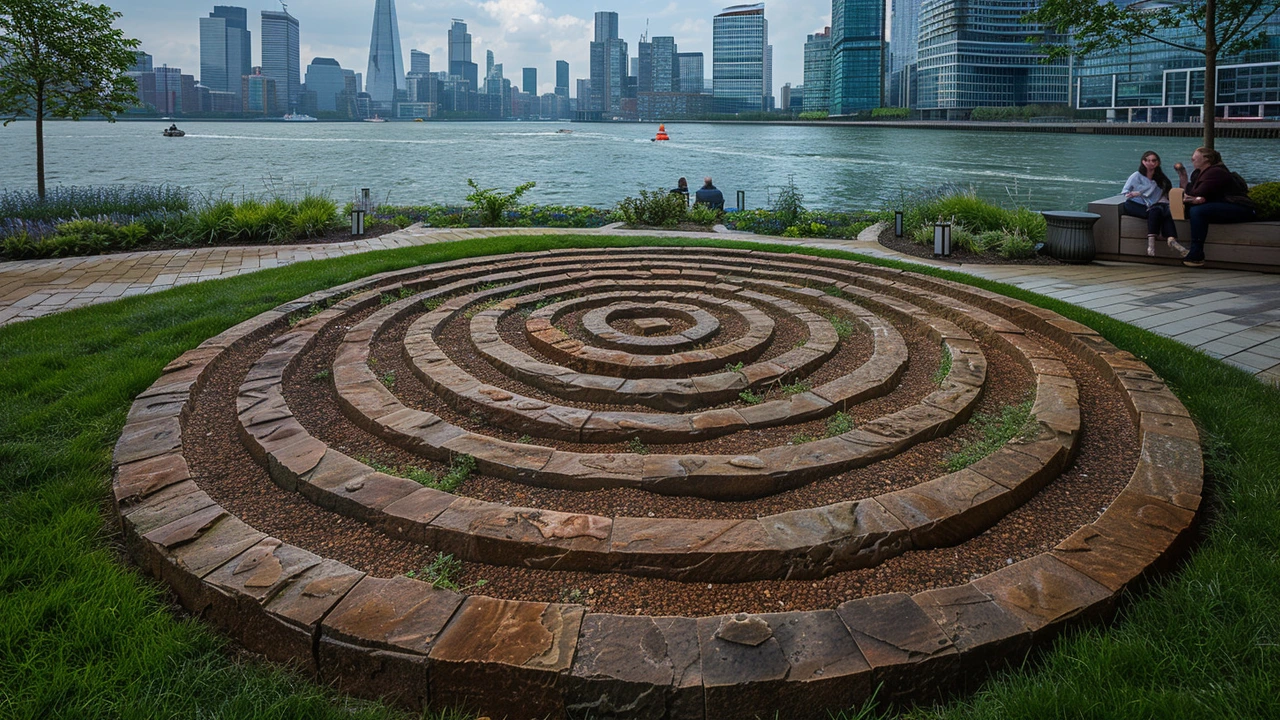Public Spaces: How Art Shapes Parks, Plazas, and Streets
A single mural or a well-placed installation can change how people use a place. Public spaces aren’t just empty ground — they’re where people meet, move, protest, relax, and play. When art is part of that mix, those places become more inviting, safer, and more memorable.
Look at land art projects that reshape parks and plazas. Articles like "Land Art’s Impact on Modern Urban Design" show how big, simple moves—regrading a hill, adding a water feature, or planting patterns—make a park feel intentional. Installation pieces can do the same on a smaller scale: temporary works bring curiosity and foot traffic, while permanent works anchor a neighborhood.
Quick ideas for art in public spaces
Want practical choices? Try low-cost, high-impact options: a bright mural on a blank wall, sculptural seating that doubles as play structures, or community mosaics made with locals. Pop-up installations—think shipping containers with art inside or light projections at night—create events without huge budgets. Also consider interactive pieces that invite touch or movement; they get people involved and make spaces feel lived-in.
Design matters. Use durable materials that handle weather and vandalism. Choose finishes that are easy to clean and replace parts rather than recreate whole works. Think about sightlines and safety: art should open up spaces, not block them. And don’t forget maintenance costs when you plan a piece—otherwise it soon looks neglected.
How artists and cities make it work
Collaboration is key. City planners, artists, local businesses, and residents bring different priorities. Successful projects start with short meetings and simple prototypes: a small test mural, a weekend installation, or a pilot playground piece. Use those trials to gather feedback and fix problems. Articles like "Installation Art: Evolution, Techniques and Famous Works" and pieces on Bauhaus or Futurism explain how creative ideas move from sketch to real-life streets.
Permissions and funding are part of the process. Public art programs, grants, and sponsorships exist in many cities. For community-led projects, get basic permits early and document agreements about upkeep. When budgets are tight, look for partnerships with local schools, businesses, or arts groups; they often bring volunteers and extra resources.
Accessibility and inclusion matter most. Make sure art doesn’t exclude people by height, mobility, or language. Add clear pathways, seating, and places for pause. Choose themes and collaborators that reflect the local community so people see themselves in the work.
Public spaces shaped by art are more than decoration. They drive local life, support small business, and create identity. Start small, test ideas, and keep the community involved. That’s how bland corners become places people choose to be.

